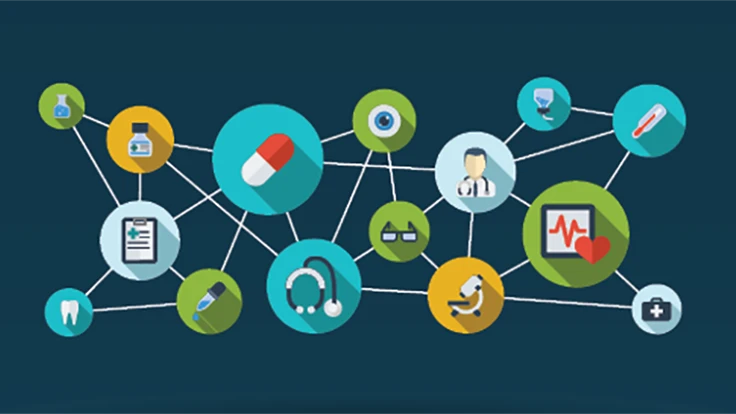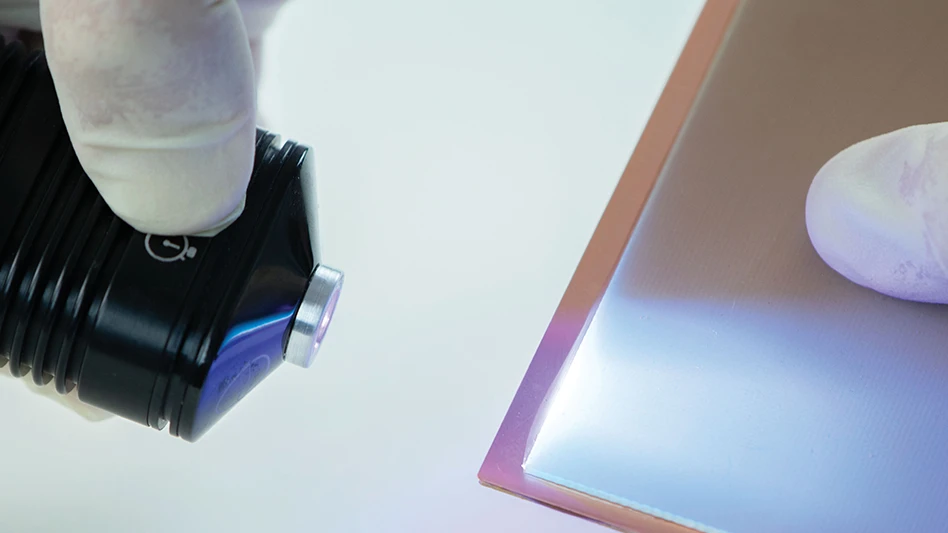
A digital health revolution is being fueled primarily by the growing use of wearables and consumer devices that gather health metrics. Connected medical devices are not far behind. We have already seen Bluetooth-connected glucose meters, blood pressure equipment, and scales. In the last year, several announcements along these lines have come from traditionally conservative big pharma providers in respiratory diseases. A sudden rush has most major pharmaceutical companies embarking on product development or trials with connected inhalers, racing to launch commercially. While this appears to be a surprise, a closer look indicates a natural evolution.
The healthcare industry is changing in the U.S. and elsewhere. Rising costs have forced governments to take action, payment systems are changing, and payers have increasingly started demanding evidence for therapy and medical procedures. As pressure mounts for the industry to demonstrate cost efficiency and outcome improvements, companies are turning to technology. Given that pharma producers typically take five-to-eight years to bring new inhalers to market, early exploration of new technology and connectivity solutions is required.
Home use medical devices – and to a large extent, clinical use devices – must be designed to accommodate or adapt to changing environments. Picking components and making technology choices for products that will only come to market three-to-five years later – or longer in the case of drugs – pose significant challenges. Where regulation is involved, keeping products relevant and minimizing chances of obsolescence are critical.
Finally, paths to market, target buyers, and revenue models for connected systems may not be the same as before. So, a strong, long-term strategy and solution roadmap should be put in place prior to making platform decisions or embarking on any design/development, and then revisited and updated often.
Identify the value proposition
A connected health solution may not be appropriate for every drug or for every medical device. Identify the right drug candidate or disease state to identify target users, and determine what value you can provide them via a connected health solution. If suitable value cannot be identified for at least two stakeholders within the ecosystem, it’s unlikely the solution will be commercially viable.
The path to revenue will dictate platform architecture, design, and required features. The business model must be constructed and validated early on, and key revenue-generating items must be identified to enable appropriate trade-offs to be made later. Connected systems lend themselves well to service-based revenue models, based on usage as well as analytics. So, the sources of revenue may be indirect and not strictly limited to device sales.
Design the experience
User engagement is governed to a large degree by the user experience and value delivered by the solution. Solutions that require regular interaction must fit seamlessly into people’s lives and should deliver something meaningful. Features in the device, app, or web service must follow a detailed mapping of the user journey with an understanding of what different stakeholders might want from the system. What works for one individual may not work for another.
With smartphones and apps, people have come to expect personalization with everything they use, including healthcare products. Connected health solutions must balance user-driven customization and a sufficiently standard out-of-the-box experience. Designers should consider the target audience, their skill level, dexterity, and tech savviness as well as the amount of time they are likely to spend customizing the device. For example, surgeons who are typically very busy are less likely to commit to designing their own dashboards, compared with family caregivers.
Behavioral economics can guide the design of an appropriate end-to-end solution. A blend of carrot-and-stick approach is known to work better than just the stick, and blatant reminders are less effective than gentle nudges in capturing users’ attention. Frequently evaluating human factors throughout the development process will help confirm that you are on the right track and can increase chances of successful adoption. Formative studies with interim versions of the intended solution can show how users relate to what you are building. Besides, a full human factors analysis for the end-to-end solution (including the app and perhaps even the back end) is required for FDA approval anyway.
Develop the technology
A connected system requires right platform and a robust, scalable architecture for it. Correctly partitioning functionality can simplify the regulatory process as well as future product iterations and upgrades. Make hardware choices considering the long approval cycle and time to market, and consider various strategies to reduce unnecessary churn, including planning for drop-in replacements and choosing reliable suppliers known for long-term support.
If connectivity is being added to an existing approved medical device, determine upfront whether the design will impose constraints that prevent accurate capture of signals or pose challenges for the electronics (and battery) for key features to deliver a good user experience. For handheld wireless devices, power budgets tend to minimize device size (batteries tend to dictate device size), so appropriate choice of technology, components, and low-power electronics design are critical.
A strong, long-term strategy and solution roadmap should be put in place prior to making platform decisions or embarking on any design/development, and then revisited and updated often.
Often, better power consumption can be achieved via smart software design. To ensure communications reliability, pay attention to the antenna design – invest in a custom antenna if size constraints prevent a standard antenna achieving desired performance. Test the performance of body-worn devices in realistic scenarios, not just in free space.
App architecture and design are key aspects of the system – ones that often pose problems because the smartphone platform is not under your control. The radio on a smartphone is controlled by the operating system, so you may not be able to control how it behaves with an app in the background or with other radios running. Especially in the case of iOS, be prepared to compensate for significant constraints.
Finally, request an opinion from regulatory bodies early in the development process on how they will regulate the app. Apps supporting connected drug delivery products are likely to be considered part of the combination product that require development process, verification, and validation.
Partnerships are likely for data infrastructure support. One key decision to be made is selecting between custom development versus an off-the-shelf solution for data handling and service infrastructure. There are pros and cons of both – the right choice for you will depend on your longer-term ambition. Make this decision early and ideally with the help of an independent, well-informed team. Picking the right partners who share your vision and are vested for the long term is key. Access and ownership of data often tends to be a sticking point.
Connected systems will continually evolve. Software and services will need to be iterated even if the device stays the same, so agree on a minimally viable solution, launch as quickly as possible, and learn from real-world experience. Clinical trials and pilots are controlled settings and will never provide real insights that can be gained from market launch, even on a limited scale. Technology will change sooner than you anticipate – plan for it and use it to your advantage.
Connected systems can add a lot of value, improve adherence to therapy, enable better chronic disease management, and improve long-term outcomes. But solutions need to be designed carefully, deployed smartly, and adopted by users and clinicians.
We are seeing signs that patient-generated data (PGD) will soon be accepted within mainstream care. The Office of the National Coordinator for Health Information Technology (ONC) contracted Accenture earlier this year to develop a framework for PGD in care delivery – one that will address issues around testing data reliability, authenticity, etc. Healthcare delivery as we’ve known it will soon change – and connected medical systems will have a big hand in this transformation.
About the author: Vaishali Kamat is the head of digital health at Cambridge Consultants where she focuses on product design and development for the digital side of health. She can be reached at cambridgeconsultants@marchcomms.com.
This article originally appeared in the Nov/Dec 2016 issue of Today's Medical Developments magazine.
Latest from Today's Medical Developments
- Creaform’s Pro version of Scan-to-CAD Application Module
- Humanoid robots to become the next US-China battleground
- Air Turbine Technology’s Air Turbine Spindles 601 Series
- Copper nanoparticles could reduce infection risk of implanted medical device
- Renishaw's TEMPUS technology, RenAM 500 metal AM system
- #52 - Manufacturing Matters - Fall 2024 Aerospace Industry Outlook with Richard Aboulafia
- Tariffs threaten small business growth, increase costs across industries
- Feed your brain on your lunch break at our upcoming Lunch + Learn!





